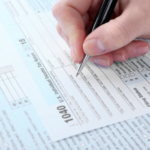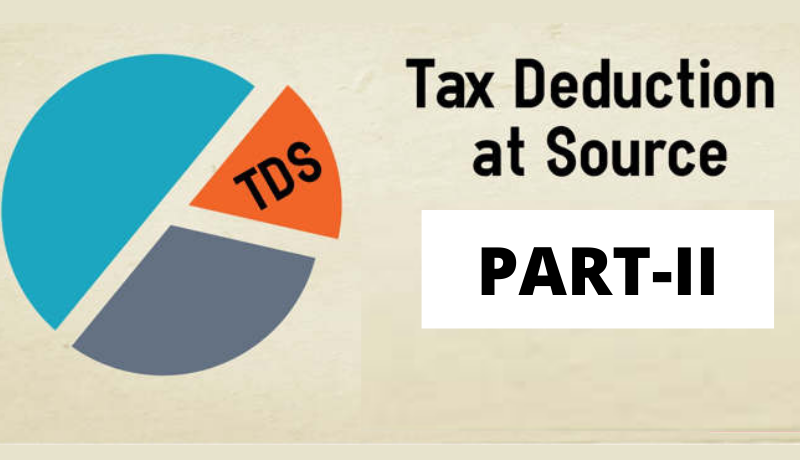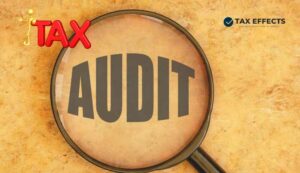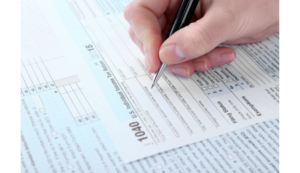In the last part of this summary, we have learned about the basic meaning of TDS, some concepts which were very useful and commonly applied on all sections, and the various sections under which the TDS is being deducted.
Now, In the Part-II, we will get the details about the procedural parts regarding compliance of TDS. So, let’s proceed with that:
1. What is the Time Limit for Payment of deducted Tax?
TDS needs to be deposited on or before the 7th day of Next Month in which such tax is deducted. For the month of March, the last date for depositing TDS is 30th April.
[However, In case of Govt. Employer when TDS is deposited without Challan (i.e. through Book entry) then TDS deposit date shall be the Same Day.]
2. What is the Due Date for Quarterly Return of TDS?
(i) For First Quarter (i.e. Qtr ending on 30June) — — — 31st July
(ii) For Second Quarter (i.e. Qtr ending on 30 Sep) — — — 31st Oct
(iii) For Third Quarter (i.e. Qtr ending on 31 Dec) — — — 31st Jan
(iv) For Fourth Quarter (i.e. Qtr ending on 31 Mar) — — — 31st May
3. What is the TDS Certificate?
TDS certificate is the statement issued by Deductor to the Effect that tax has been deducted and specifying the amount, Section, Rates etc under which it has been deducted.
In common parlance, it is widely known as Form-16 (in case of Salary) and Form-16A (in other cases).
4. What is the Time Limit for the issue of TDS Certificate?
In Case of Form-16: It is issued Annually and the due date for issue of Form 16 is 31st May of the following year from the year in which Tax has been deducted.
In Case of Form-16A: It is to be issued Quarterly and the due date for issue of Form-16A; 15 days from the due date of Furnishing Return (i.e. which comes as 15Aug, 15Nov, 15Feb, 15June)
[Imp. Note- If TDS Certificate is not issued within the said time limit then there is a penalty of Rs. 100/- per day per certificate up to which the failure continues subject to max. of TDS amount.]
5. What is the Lower Deduction Certificate?
It is a certificate issued by the Assessing Officer (AO) u/s 197 on request of Assessee; if AO is satisfied that on the income of Assessee which is liable for tax deduction under TDS is such that deduction should be made on lower rates, then AO may issue a Certificate in this regard i.e. called Certificate of Lower Deduction.
[Note- Certificate of Lower Deduction cannot be issued for TDS to be deducted u/s 194-IA]
6. What is Form 15G & 15H?
It is a Self Declaration given by Assessee to the Payer (Deductor) that his/her tax on total income including the income on which TDS is to be deducted shall be Nil. On receipt of such form the Deductor submit this form to the Income-tax department and did not deduct any amount as TDS.
Form 15G is for any assessee (excluding Firm & Company) while Form 15H is for Resident Individual who is Senior Citizen.
Form 15G & Form 15H can be given only when there is a liability for TDS under 5 Section only i.e. 192A (RPF), 193 (Int. on Securities), 194A (Other Interest), 194DA (Insurance Amount), 194-I (Rent). It cannot be submitted against any other Section Liability.
[Note- If any of Such Income received by any person (who is eligible for 15G) is exceeding the exemption limit then 15G can’t be submitted.]
6. What if there is no PAN detail of Payee?
(i) In case the Payee (Deductee) has not provided the PAN then the TDS shall be deducted at the Rates HIGHEST from the following:
– Rate given in relevant TDS Sections
– At the Rates in Force (i.e. given in Finance Act)
– 20%
[Note:- But if the amount received itself is within the threshold limit of TDS then NO question of Deduction at higher rates.]
(ii) If PAN is not given then there would not be provided any Lower tax deduction certificate. Also, any request submitted in Form 15G or 15H shall be taken as Invalid.
7. What are the consequences of Failure to Deduct or Pay TDS?
If any such person who is liable to deduct TDS;
– Does not deduct whole or any part of TDS; OR
– Has deducted but not deposited whole or any part of TDS;
Then Such person would be considered as Assessee-in-Default for tax not so deducted or deposited and therefore shall be liable for the Interest u/s 220 and Penalty u/s 221 for being Assessee in Default.
V. Important Note:
– If Deductor has not deducted the TDS and paid the whole amount to the Deductee (Payee); &
– Deductee (resident only) has himself/herself declare this amount in his return and paid the tax thereon;
then the Deductor shall not be considered as Assessee-in-Default. But still, he will be liable for the Interest on Late Deduction of TDS.
8. What are the consequences of Late Deduction/Payment of TDS?
If any person is liable for deduction of TDS does not Deduct TDS within time OR after deduction does not Pay within Time then s/he shall be liable to simple interest as follows:
Late Deduction: 1% Per Month or part thereof [From When Deductible –to– When Deducted]
Late Payment: 1.5% Per Month or Part thereof [From Deducted –to– Actual Payment]
And such interest shall be paid before filing of Return of TDS.
9. Default in Furnishing Quarterly Return of TDS?
When a Person fails to Deliver the Quarterly Return of TDS within the Time Prescribed then s/he shall be liable for a Fee of Rs. 200/- Per day during which the failure continues subject to the maximum of TDS amount.
Apart From this a penalty u/s 271H can be levied for delay in filing the quarterly return of TDS which may extend anywhere in between Rs. 10,000 (min.) to Rs. 1,00,000/- (max).
And that’s all..!! This was the entire concepts of TDS which we covered in Two parts. Now you must be aware of Various situations and various compliances which one need to do regarding TDS. Hope you find this Article useful.!










1 thought on “TDS – Quick and Complete Summary [Part-II]”
very nice blog for TDS…….
What is Tds